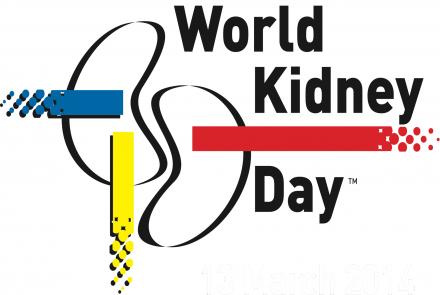What are different types of glaucoma?
The clinical varieties of glaucoma are classified according to three parameters:
Primary (idiopathic) or Secondary (associated with some other ocular or systemic conditions).
The state of the anterior chamber angle: open angle (open access of the outflowing aqueous humor to trabecular meshwork) or closed angle (the trabecular meshwork is blocked by apposition of the peripheral iris).
Chronicity: acute or chronic.
The vast majority of glaucomas are primary…
Latest Stories
- What are signs and symptoms of glaucoma? Unfortunately there are usually no signs that you're developing glaucoma until vision loss occurs. It is often referred to as a “silent killer” as it does not manifest any symptoms until extensive peripheral visual loss becomes apparent in the final stages of the disease. Regular eye examination is essential to detect glaucoma. Your eye doctor can detect and treat high Intra Ocular Pressure(IOP) before it progresses to optic nerve damage and vision loss…
- Is glaucoma curable? Can glaucoma be prevented Vision loss from glaucoma cannot be reversed. Routine eye exams are essential to discover glaucoma early and begin glaucoma treatment before significant vision loss has occurred. Regular eye examination after 40 years of age is an important preventive measure. This can be repeated every 3 to 4 years if there are no symptoms and every 1 – 2 years if a family member has glaucoma, if you have diabetes, if you are on long term systemic steroids for…
- What is Glaucoma? Glaucoma, one of the leading causes of blindness worldwide is an eye disease in which the optic nerve is damaged, leading to permanent vision loss. Usually (but not always) the damage occurs when the eye's internal fluid pressure rises too high. It is often referred to as a “silent killer” as it does not manifest any symptoms until extensive peripheral visual loss becomes apparent in the final stages of the disease. Most varieties of glaucoma are chronic, virtually lifelong…
- Am I at risk of developing glaucoma? Some of the risk factors for glaucoma are: Presence of glaucoma in other family members Increasing age – above 40 years Hypermetropia Thyroid disease Patients who are on long term steroid therapy for other diseases such as asthma, arthritis etc. Previous eye injury or surgery Hypermetropia (farsightedness) Damage due to glaucoma may be more severe in those patients who have associated diabetes, widely fluctuating blood pressure and myopia. Regular eye…
- Sometimes the Daily activties like Bathing, Dressing and Eating can be a huge challenge for caregivers looking after a person with dementia. Here are a few useful tips. Let us know which one you find helpful. Tips for Bathing For some people bath time can be a frightening, confusing experience. Plan the bath or shower for the time of day when the person is most calm and agreeable. Be consistent. Try to develop a routine. Tell the person what you are going to do, step by step, and allow…
- It is estimated that about 2 lakh (200,000) new patients develop end-stage kidney failure every year in India. Dialysis can extend their life, but the treatment can be demanding and disruptive. Dr. Jyotsna Zope, a senior consultant Nephrologist gives us an overview about dialysis and advices ways to prevent kidney problems and diseases. What is dialysis? Dialysis is a procedure by which waste product and excess water are removed from the body. The waste products (‘Uremic toxins’) are the end…
- Cervical cancer kills one Indian woman every 7 minutes. Mridu Gupta, Chief Operations Officer, CAPED - Cancer Awareness, Prevention and Early Detection Trust, urges every woman to go for regular cervical cancer screening tests and recommends the HPV vaccine for their daughters. January was World Cervical Cancer Awareness Month. But nobody is really aware of the fact and nobody really cares. Its only another cancer in a long list of cancers, isn’t it? No. It isn’t. And you should care. Very much…
- The thyroid gland is fundamental to the functioning of several organs such as kidneys, liver, brain, heart and even skin. Dr Shital Patel explains the common types and causes of thyroid disorders. The thyroid is a butterfly-shaped gland at the lower-front part of the neck, just below the Adam’s apple. It is an endocrine gland made up of two lobes connected by a isthmus. It is responsible for the secretion of thyroid hormones which regulates body processes such as respiration, body…















